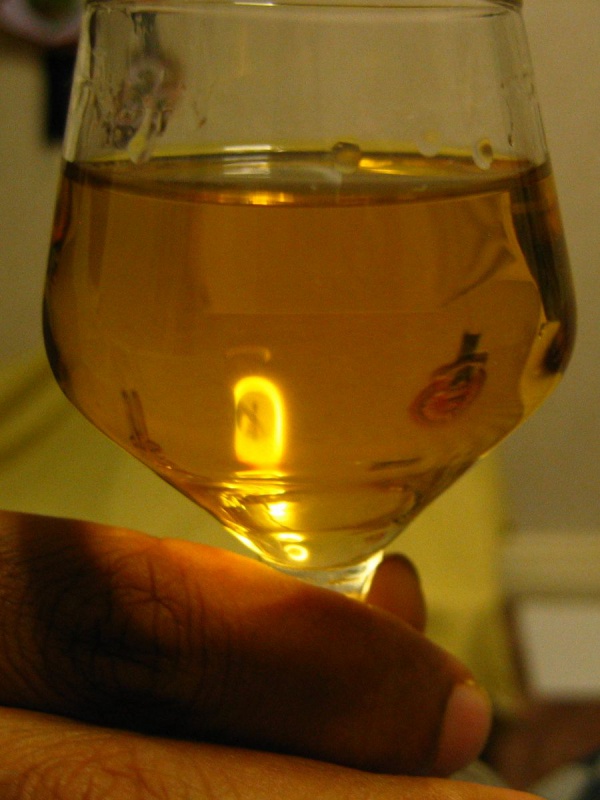Facts About Akvavit
Akvavit, also known as aquavit, is a distinctive and traditional spirit that has been an integral part of Scandinavian culture since the 15th century. Made from grains and potatoes, it is flavored with various herbs, with caraway and dill seed being the most prominent, as stipulated by European Union regulations. This spirit typically contains around 40% alcohol by volume and is also quite popular in Germany. The name "aquavit" originates from the Latin term "aqua vitae" meaning "water of life."
In Nordic countries, akvavit plays a significant role in festive gatherings, particularly during Christmas dinners and weddings. It is usually served chilled and sipped slowly from shot glasses in places like Iceland, Sweden, Denmark, and Germany. Often, these drinking sessions are accompanied by traditional songs and hearty meals. In Norway, it is common to pair akvavit with dark beer.
The process of making akvavit involves distilling grains or potatoes and then adding a mix of herbs, spices, or fruit oils, with caraway being the predominant flavor. Depending on whether the spirit is aged in oak casks or has colorants added, its color can range from clear to light brown. Some well-known brands include Løiten, Lysholm, and Gilde from Norway; Aalborg from Denmark; and O.P. Anderson from Sweden.
The first known reference to "aquavit" dates back to a 1531 letter from Denmark, which praised the spirit's medicinal properties. It is traditionally believed to aid digestion and is often associated with holiday meals in Denmark, Norway, and Sweden. Interestingly, Norwegian aquavits like Linje Aquavit undergo a unique aging process that involves being shipped across the equator.
While akvavit is primarily produced in Nordic countries, it has also gained popularity in areas with significant Nordic immigrant communities, such as the United States, where local versions are crafted. Northern Germany, particularly Schleswig-Holstein, has a strong tradition of aquavit due to its historical ties with Denmark. German brands like Bommerlunder and Kieler Sprotte are well-known and typically made from fermented grain.
Beyond Europe, aquavit is produced in countries such as Canada and the United States by craft distilleries that cater to Nordic heritage populations. In England, Psychopomp Microdistillery is known for its aquavit production. In Canada, the Newfoundland Distillery Co. produces aquavit using barley, honey, and juniper-smoked peat.
Whether you are enjoying it at a festive Scandinavian gathering or exploring its unique flavors at a local distillery, akvavit offers a taste of Nordic tradition and culture.
